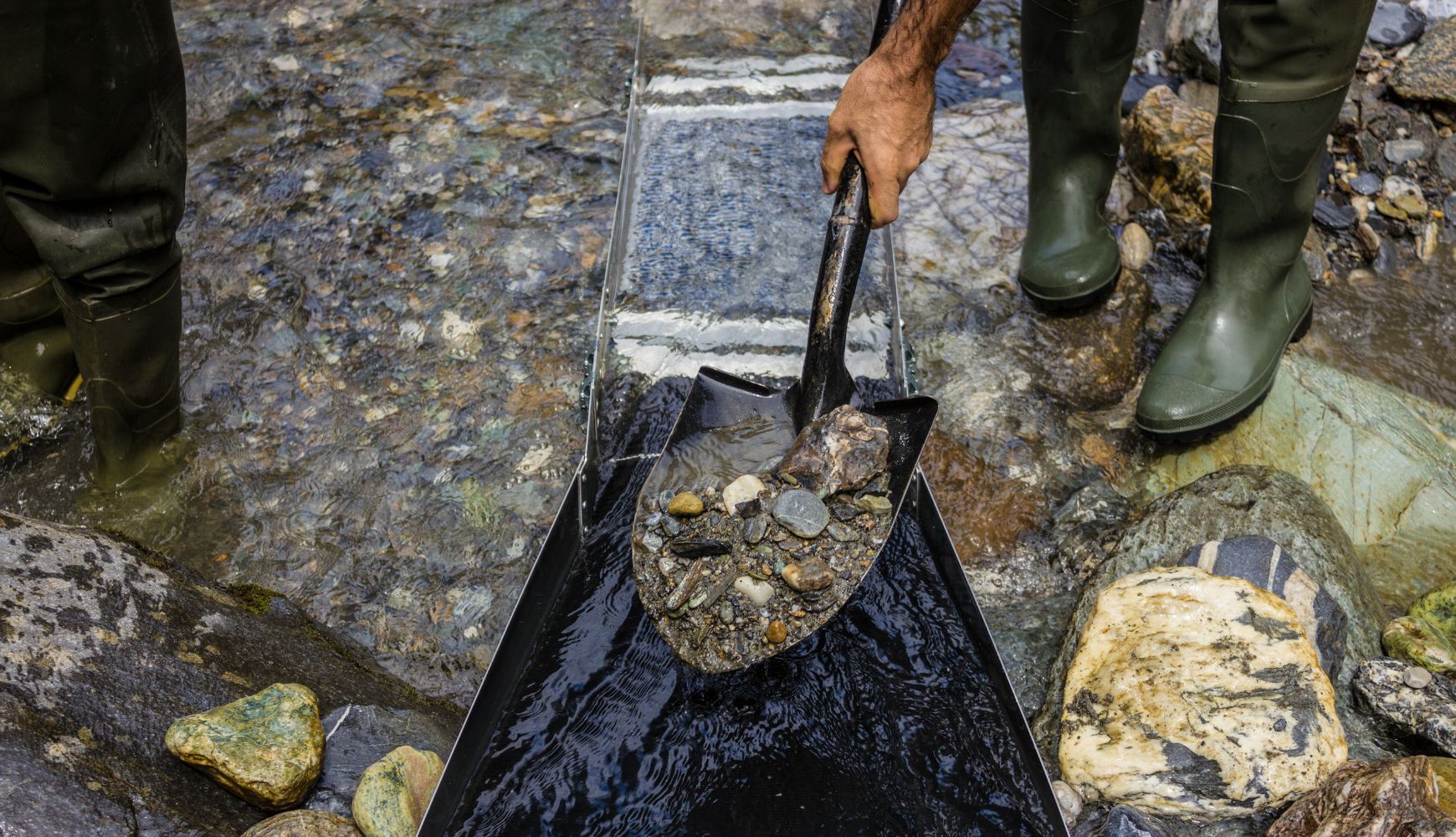
A Comprehensive Guide to Gold Panning and Classifying
Prospecting for gold can take a lot of effort, but it can pay off if you’re successful. It gives you a chance to explore nature while searching for buried treasure. As a hobby, it can be both fun and exciting for people of all ages, but you need to be ready to roll up your sleeves and do some work.
There are several steps to remember, from gathering your supplies to recovering your find. Here’s a comprehensive guide to gold panning and classifying you can use to improve your odds of hitting a big score.
Gather Required Equipment
The first thing you’ll need to do before you go gold panning is to gather the necessary supplies and equipment. All you need is a gold pan and shovel. However, you may also want to bring additional items, such as a pick, magnifying glass, and container to hold your finds.
Paint brushes, scrapers, and a small bottle to hold water will help you remove tiny bits of debris. You have a myriad of options when purchasing gold prospecting equipment. The Gold Cube Gold Banker allows you to fill and insert multiple trays for panning, making the process much more efficient.
Find an Ideal Location
Once you have your supplies together, it's time to find the ideal location to pan for gold. The best places to start are mountains, rivers, creeks, and old mines. Consider going to the mountains after heavy rainfall has flooded the area since it helps bring new materials down from higher ground.
Gold is most often in places where large objects alter or obstruct the flow of water. River bends and dry waterbeds are some of the best places to look. You should also check confluence zones where different bodies of water come together since gold often accumulates in such areas.
Start the Dig
With an ideal location mapped out, you can gather your supplies, make the trek over, and start your dig. Gold panning can test your patience, so go when you have enough time to do it right. Find a good spot to set up your equipment, preferably where the water moves slowly.
The shovel you use should depend on the terrain you're digging into. A pointed shovel will help you break through compacted soil, even if it's a bit rocky. Flat shovels are better for moving materials around. Finding one with a solid grip and handle will allow you to break through roots and other tough spots easily.
Separate
Even if there's a lot of gold where you're digging, you'll still likely need to do some work to separate gold from other materials. The point of gold panning is to quickly shake away excess materials by separating them based on weight. While it requires some work, taking it slow and steady is your best bet to strike it rich.
Start by filling your pan with material, then submerge it in the water. Once it has become saturated, shake it back and forth to bring the lighter materials to the top. If you're lucky, any gold will have settled into the bottom of the pan. If it's too heavy or difficult to work with, try filling it only halfway.
Pay Attention to the Classifier
Your gold classifier is an essential part of the pan. It allows you to separate unwanted materials while collecting gold. It aids in the recovery of fine materials, allowing you to maximize your efforts. Various screen sizes are available, giving you more fine-tuned control over your search.
Using the correct-sized classifier is essential if you want to be successful. It’s much more common to find small bits of gold flakes or dust than large nuggets. Depending on the size of your operation, you may need to limit your search by using a smaller mesh.
Remove Large Rocks
As you dig, you may encounter large rocks or other pieces of debris that you can't sift out. You must pay attention to your equipment to ensure it doesn’t become damaged during the process. If objects are too big for the screen, remove them before shaking the pan.
Remember to carefully discern what you're throwing back into the water so that you don't accidentally discard any gold. Watch for materials like pyrite, quarts, and black sands since they can indicate the presence of gold. Be aware of any natural structures, sensitive habitats, or hazardous materials while working so that you don't cause harm to yourself or others.
Recover
Next, you'll want to recover the gold you've worked to separate. Start gently swirling the pan in a circular motion. Repeat the process until you’ve removed all the excess materials. The bottom of the pan should contain heavier sediments, such as black sand. If you see any gold, it means you've been successful.
Ensure you've agitated the pan enough for all the gold to settle to the bottom and begin picking it out for cleaning. If you want, you can process the black sand to separate it from any existing gold particles. However, this can be a bit more involved. You should keep track of any locations where you're successful so that you can return and try again once you have more experience or better equipment.
Clean
Keeping your panning equipment clean is crucial if you want it to last. The metal can corrode if it doesn't fully dry. Not to mention, leaving bits of debris on your screen will reduce its lifespan. Simply rinsing everything off before letting it sit in the sun and air dry should be sufficient for most items.
You may also want to wash your gold. While you can send it off to have it professionally done, that's not necessary and will cost you. All you need to do is soak it in a mixture of water and dish soap overnight. You can use household products, such as salt and vinegar, if it's hard to clean.
Start Your Search Today
Successful gold prospecting requires time, investment, and knowledge of your surroundings. You'll need to be patient, especially at first.
There's gold all over the place, just waiting for someone to find it. With this comprehensive guide to gold panning and classifying, you'll have everything you need to get started.


